12 Most Sociable Dog Breeds That Crave Company
Some dogs go beyond being friendly with their families—they actively seek out attachments with everyone around them. They respond quickly to new people, stay engaged in group settings, and usually do well in homes with other pets or regular visitors.
If you are looking for a companion just like this one, then here are some breeds that naturally enjoy company and tend to make fast friends wherever they go.
Golden Retriever
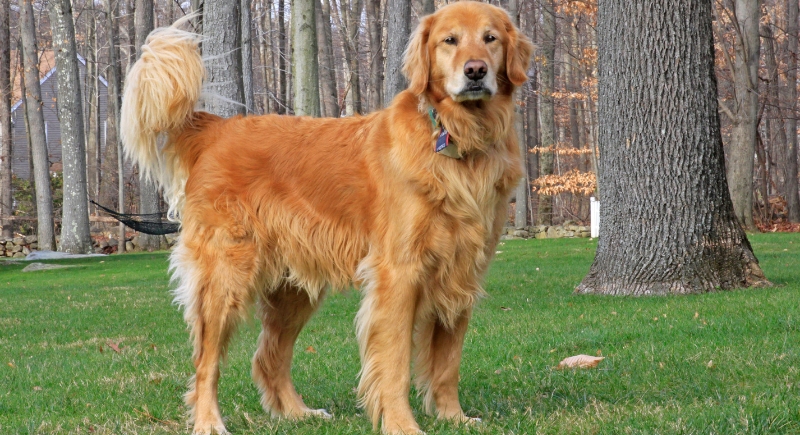
Credit: Getty Images
Golden Retrievers have never been the type to hang back or wait for permission to join in. They were bred to work closely with hunters, retrieving waterfowl, and have developed a cooperative nature that still shows how they approach others. Their relaxed posture and firm attention make them easy to trust.
Boxer

Credit: Getty Images
Nothing about their build suggests they’re this playful, but the attitude says it all. Boxers are light on their feet and love anything that lets them move—games of chase, tug-of-war, or just sprinting laps in the yard. They thrive on communication and do best when included in group activities, particularly ones that keep them physically and mentally engaged.
Labrador Retriever
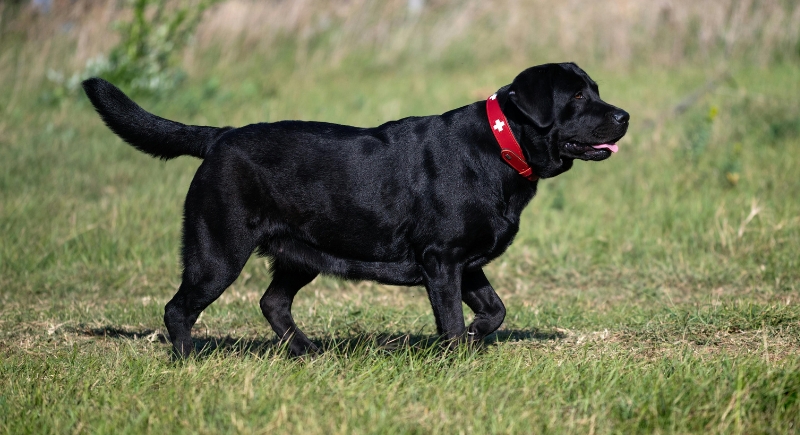
Credit: pexels
These are one of the most popular breeds in the United States for a reason—Labrador Retrievers forge relations quickly and remain consistently friendly. Their high energy matches well with group activity, and they typically don’t struggle with overexcitement in social spaces.
Beagle
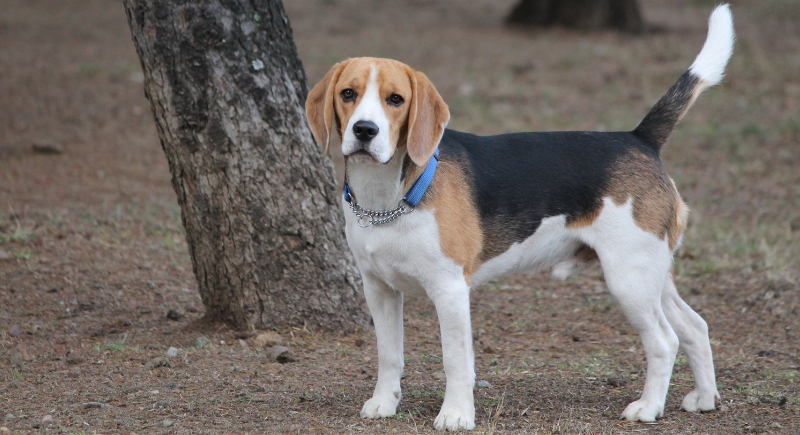
Credit: pixabay
Centuries of pack hunting left a clear mark on the behavior of Beagles—they expect company and know how to handle it. This breed shows strong interest in both people and other dogs, often initiating contact with an easygoing confidence. They adjust best in homes where mingling is part of the routine.
Boston Terrier

Credit: Getty Images
Researchers at the University of Helsinki studied social gazing in dogs and found that breeds with flatter faces, like the Boston Terrier, tend to hold eye contact longer and use it more deliberately during interaction. That tracks with how this breed behaves in real life—balanced and unafraid to mix.
Cavalier King Charles Spaniel
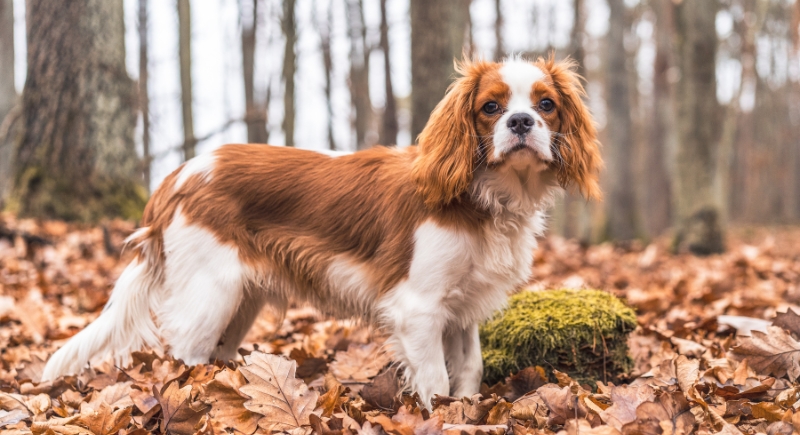
Credit: Getty Images
Royalty may have bred them for lap duty, but their appeal goes far beyond a soft coat and small frame. Cavalier King Charles Spaniels were once constant companions to English aristocrats, often seen lounging beside kings or riding along in carriages. That history shaped a breed that craves closeness and reads expressions well.
Poodle
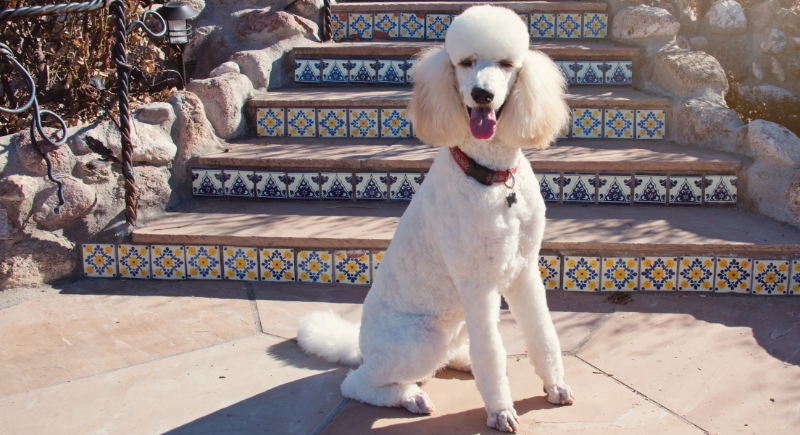
Credit: Getty Images
Track this pup’s movement in a room, and you’ll likely find them one step ahead. Poodles watch closely, answer fast, and rarely miss a cue. Their intelligence shows up in how they adapt socially—reading tone, adjusting energy, and forming relationships without overwhelming the space. They thrive when routines include variety, especially activities that challenge both mind and body.
Staffordshire Bull Terrier
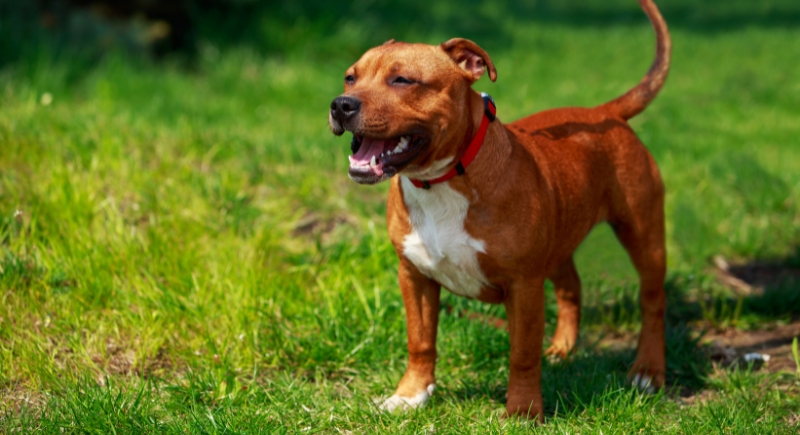
Credit: Getty Images
Staffordshire Bull Terriers stay close to people, both physically and emotionally, without needing constant reassurance. That likeness plays out through lingering eye contact, a preference for close proximity, and a calm willingness to be part of the moment.
Irish Setter

Credit: Getty Images
Irish Setters maintain a bond with presence and attentiveness. They were bred to range far while keeping contact with hunters, so they developed a strong instinct to be connected. That instinct shows up today in how they track movement, anticipate routines, and look for interaction without being pushy.
Bichon Frise
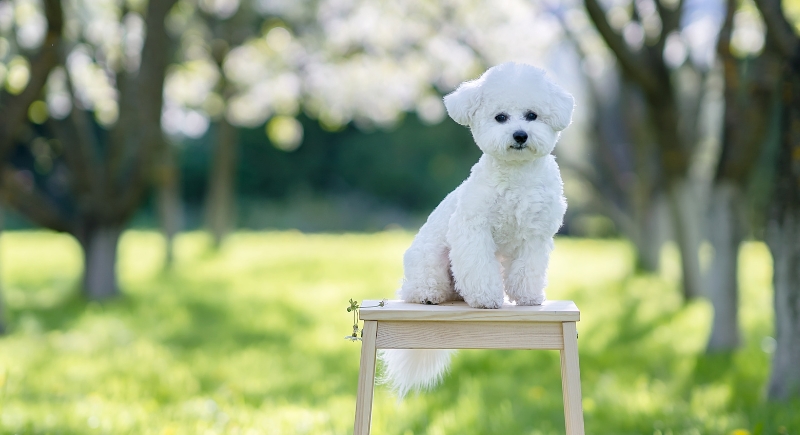
Credit: Getty Images
Confidence comes easily to the Bichon Frise, which is why they often walk straight into a room and begin making friends without hesitation. Their social curiosity feels natural, and they usually show engagement through body language or simple presence.
Papillon
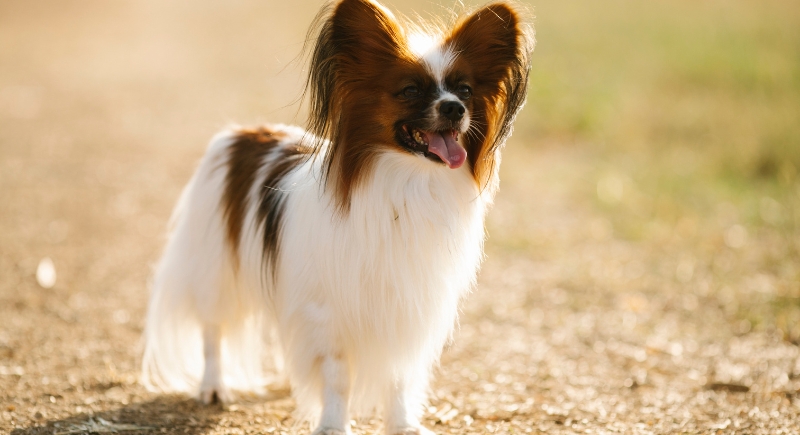
Credit: pexels
Small stature doesn’t hold back the Papillon, a breed that consistently ranks near the top in canine intelligence studies, including in research on working and obedience intelligence. That sharpness is visible in their awareness of humans.
Petit Basset Griffon Vendéen
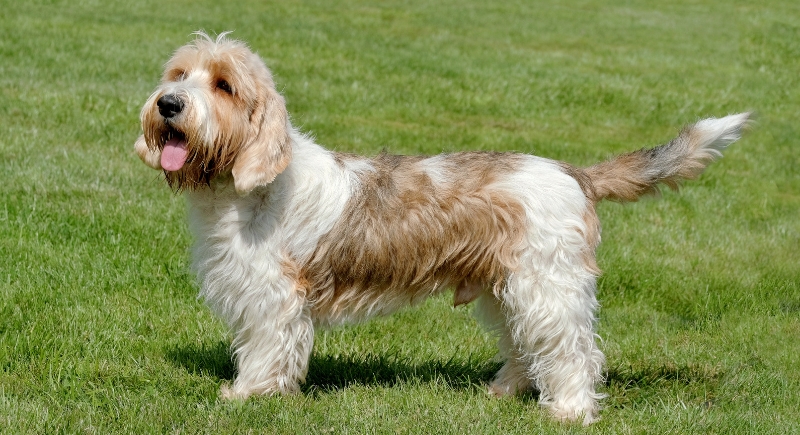
Credit: Getty Images
The Petit Basset Griffon Vendéen navigates group settings steadily, often observing first and then joining in with ease. That instinct to maintain awareness and involvement traces back to its origins as a pack hunter in France, where coordination with animals and humans was essential.
Cocker Spaniel
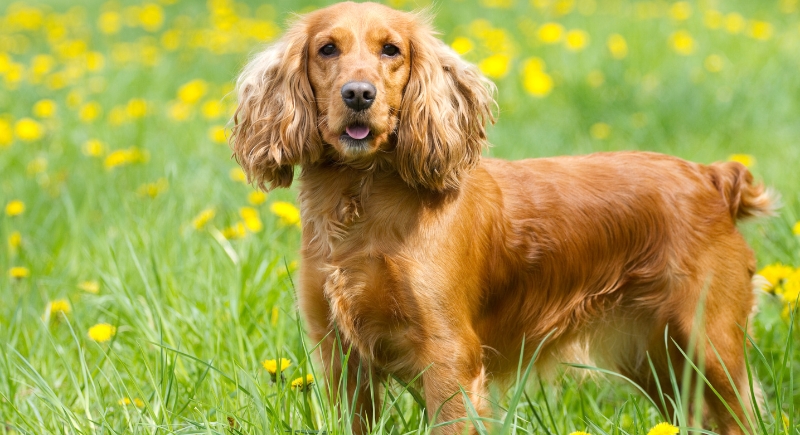
Credit: Getty Images
Individuals who prefer dogs that stay close, respond right away, and show affection without overstepping tend to bond easily with this breed. Cocker Spaniels have a sensitive, people-oriented nature that makes them well-suited to families, older adults, or anyone who enjoys companionship.
Jack Russell Terrier

Credit: pexels
Chase, climb, dig, and solve—Jack Russells approach the day like it’s full of opportunities. They need more than a walk around the block to remain balanced. Activities that combine speed and focus, like agility drills or scent games, keep them sharp. These breeds also thrive on short, high-intensity training sessions that let them think on their feet.
Doberman Pinscher
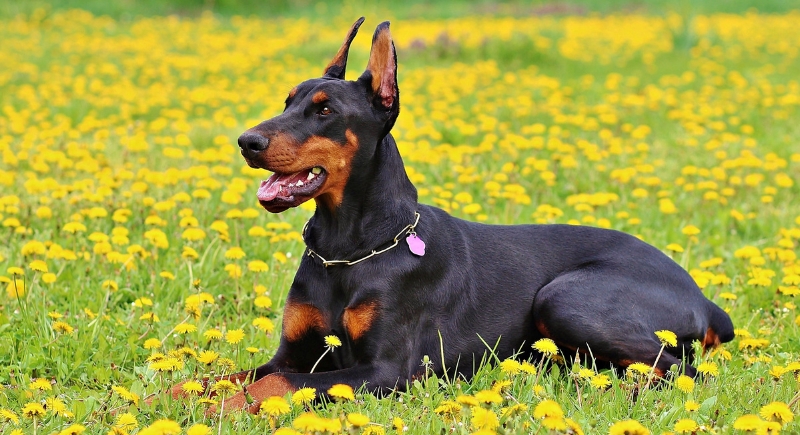
Credit: pixabay
Training a Doberman works best when it’s clear, consistent, and part of daily life rather than isolated sessions. Their attention span holds well through repetition, especially when commands tie into real tasks or routines. Dobermans are composed under pressure, rarely acting without reason, and they tend to watch humans closely before stepping in.